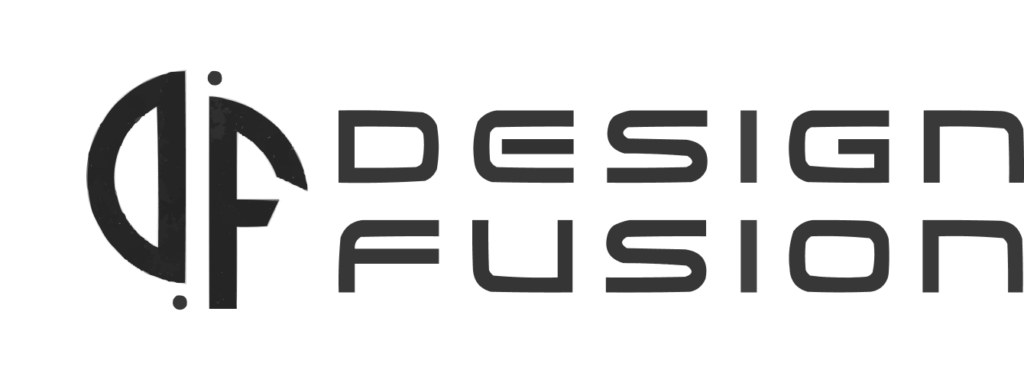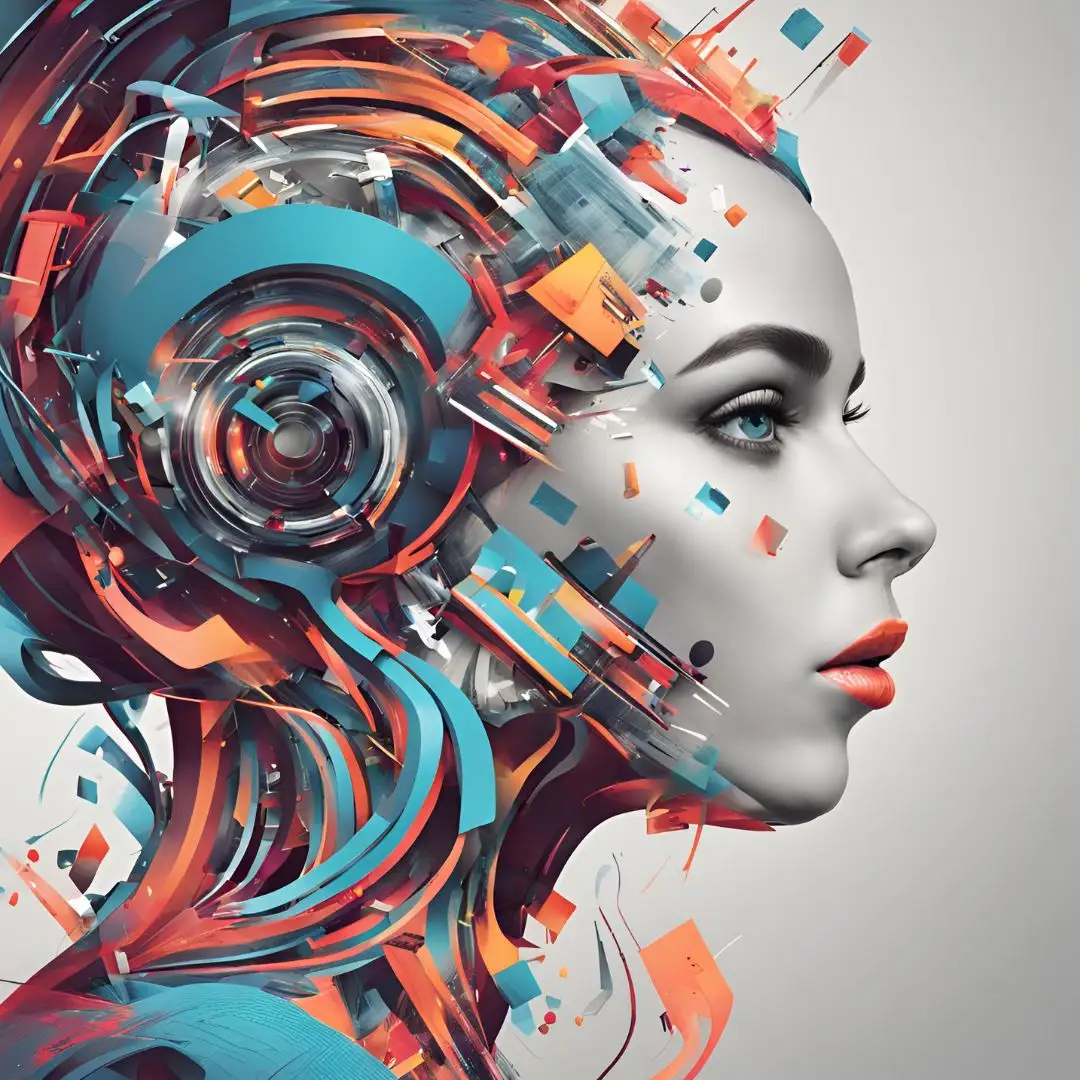Graphic design is always changing, and growing with new technology and ideas. As we look to the future, several trends and tools are set to reshape how designers work and create. Let’s see in this blog about these exciting changes and see what graphic designers can expect in the coming years.
Let’s explore what the future holds for graphic design, the innovations shaping its trajectory, and the new skills designers will need to stay ahead.
Before proceeding further, Let’s discuss is AI going to take the designer’s jobs? The answer to this question is a big NO. Because Ai is going to be a tool and it might be very imaginative and fast in terms of creating output but it won’t have the capability that a designer will have and that is creative thinking behind any design project.
Now, Let’s see the future of the design in the following blog.
1. The Rise of Artificial Intelligence and Automation
AI-Powered Design Tools
Artificial intelligence (AI) is revolutionising graphic design by introducing tools that can automate repetitive tasks, offer design suggestions, and even create entire compositions. Platforms like Adobe Sensei and Canva’s AI-powered features enable designers to work more efficiently, This means designers can spend less time on boring tasks and more time on being creative.
Generative Design
Generative design, where AI algorithms generate a multitude of design options based on set parameters, is gaining traction. This approach allows designers to explore many possibility of possibilities and refine them to suit their needs. As AI continues to evolve, these tools will become more intuitive, making them necessary,in the design process.
Nowadays, Adobe Firefly is one of the best examples of generative design.
2. Virtual Reality (VR) and Augmented Reality (AR)
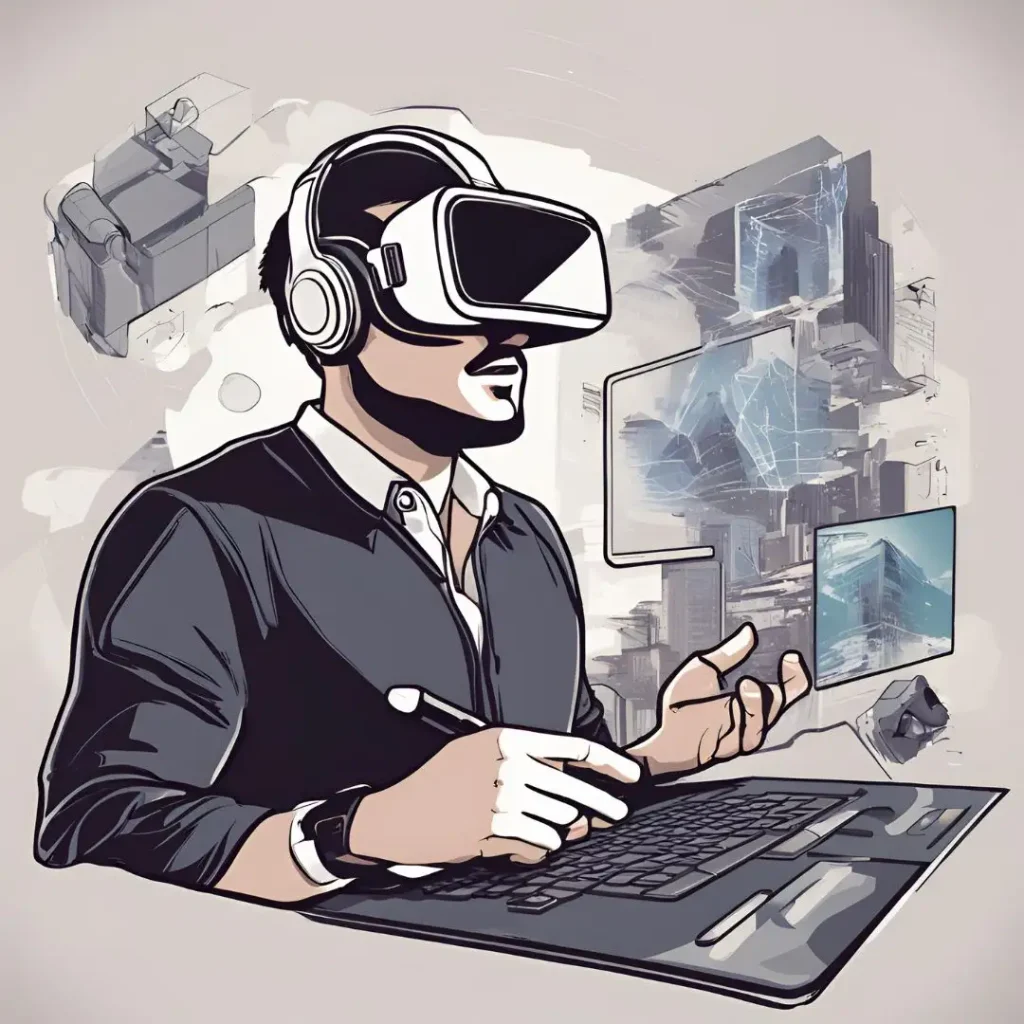
Immersive Design Experiences
VR and AR are opening up new ways for designers to create. Instead of just making designs for screens or print, designers can now create virtual worlds and interactive experiences. This means learning how to design in 3D and think about how users will interact with their designs in a virtual space. This shift requires a deep understanding of 3D design principles and user experience (UX) considerations.
Enhanced User Interaction
AR applications, such as those used in retail and gaming, offer interactive and engaging ways for users to experience products and services. Graphic designers must adapt to these platforms, focusing on creating visually appealing and functional designs that enhance user interaction and satisfaction.
3. The Growth of Motion Graphics
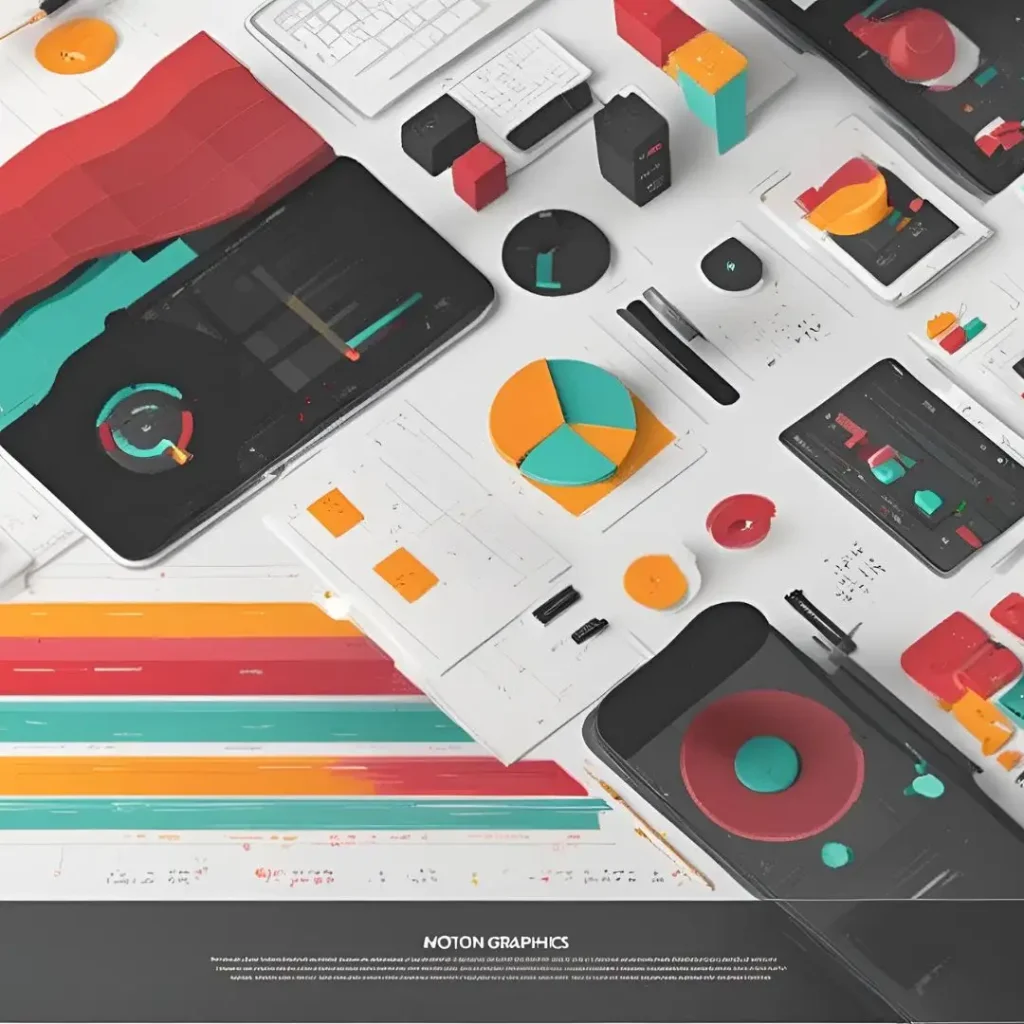
Dynamic Visual Content
The demand for motion graphics is on the rise, driven by the increasing consumption of video content across social media, websites, and digital advertising. Designers are now expected to be proficient in animation software like After Effects and Blender, creating dynamic visual content that captures attention and tells a story effectively.
Integration with Other Media
Motion graphics are also being integrated with other media forms, such as live-action video and interactive web elements, to create richer and more engaging experiences. This convergence of media requires designers to collaborate closely with other creatives, including filmmakers, web developers, and marketers.
4. Sustainable and Ethical Design
Eco-Friendly Design
As awareness of environmental issues grows, graphic designers are adopting sustainable practices. This includes using eco-friendly materials for print designs, optimising digital designs to reduce energy consumption, and promoting sustainability through their work.
Ethical Consideration
Ethical design means thinking about how your work affects people. This includes making sure your designs are inclusive and don’t rely on harmful stereotypes. It’s about creating work that respects and represents everyone fairly. Ethical design is becoming increasingly important, with designers taking into account the social and cultural impact of their work. This involves creating inclusive designs that are to diverse audiences and avoiding stereotypes or harmful imagery.
For example, creating some packaging for only one kind of religion, that is why it is not ethical to do as, someone who starts their business wants to earn more So, Ethical consideration is very important
5. Personalized and Data-Driven Design
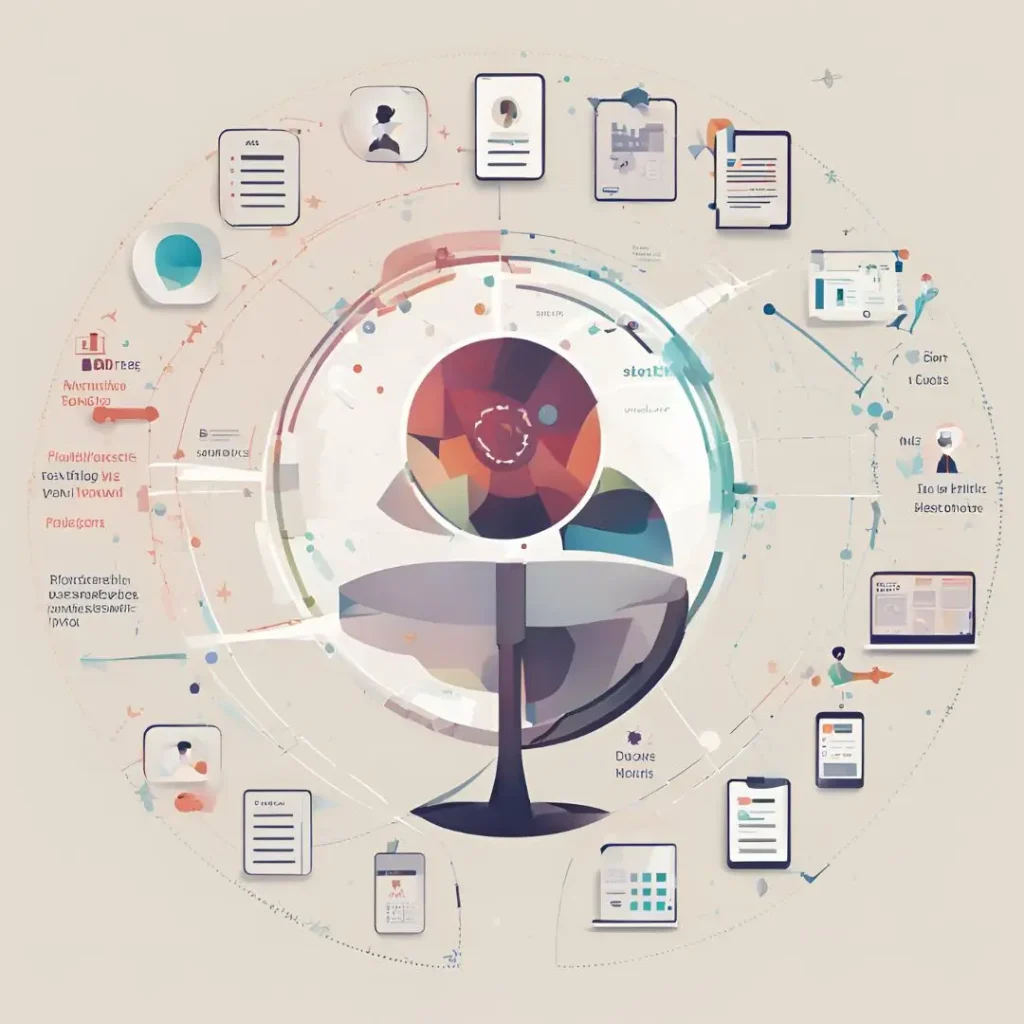
Customization and Personalization
With the rise of big data, designers have access to detailed insights about user preferences and behaviours. This enables the creation of personalised designs that resonate with individual users. Whether it’s personalised marketing materials or custom website experiences, data-driven design ensures relevance and engagement.
Predicting Trends
Predictive trends tools can forecast design trends and user preferences, allowing designers to stay ahead of the learning. By leveraging these insights, designers can create forward-thinking work that anticipates and meets the evolving needs of their audience.
6. The Importance of Soft Skills
Collaboration and Communication
As design projects become more complex and interdisciplinary, the ability to collaborate and communicate effectively with team members and clients is crucial. Designers must be adept at presenting their ideas, receiving feedback, and working within diverse teams to bring a project to success.
Continuous Learning and Adaptability
The rapid pace of technological change means that designers must be committed to continuous learning. Staying updated with the latest tools like Photoshop or more ai design tool, techniques, and trends is essential to remain competitive in the industry. Adaptability and a willingness to experiment with new ideas will be key elements for future graphic designers.
Conclusion
The future of graphic design is full of exciting possibilities, driven by new technology and changing cultural trends. AI, VR, AR, and motion graphics are just some of the innovations transforming the field. At the same time, a focus on sustainability, ethics, personalisation, and collaboration will ensure that designers create meaningful and impactful work. By staying adaptable and committed to continuous learning, designers can thrive in this dynamic landscape and continue to push the boundaries of creativity.
